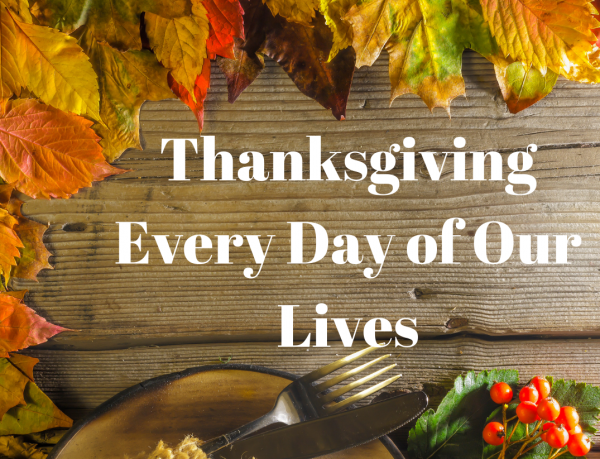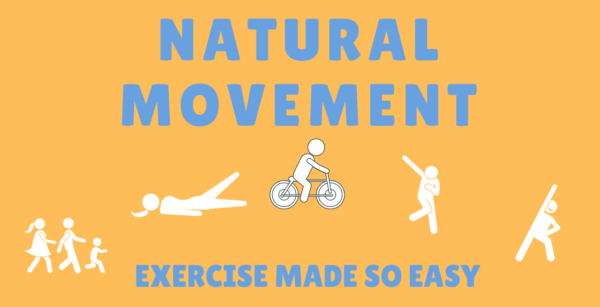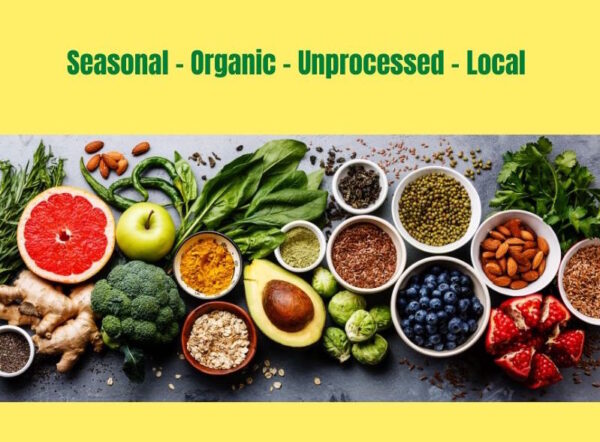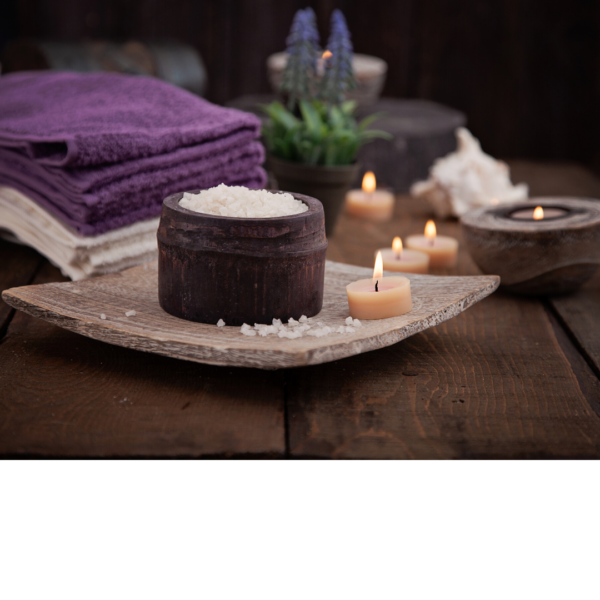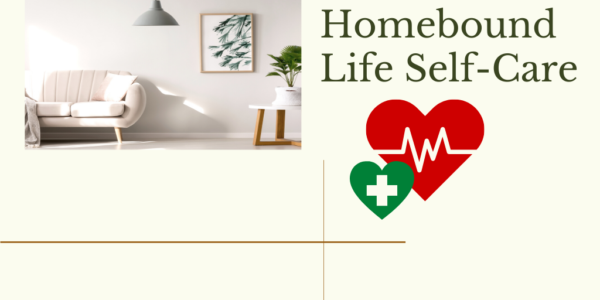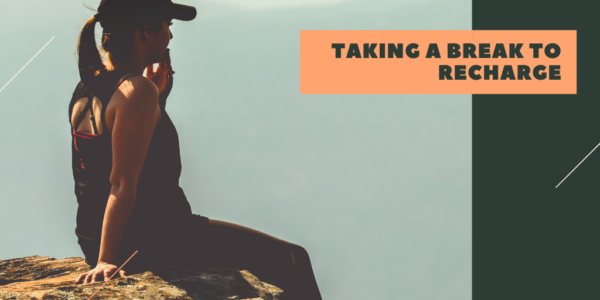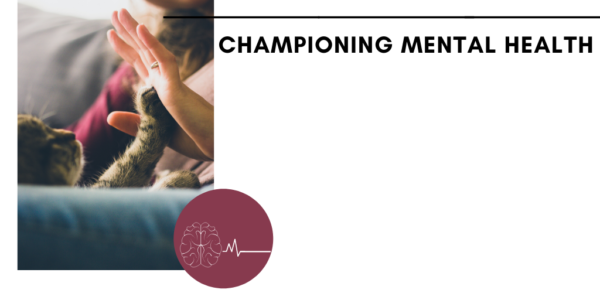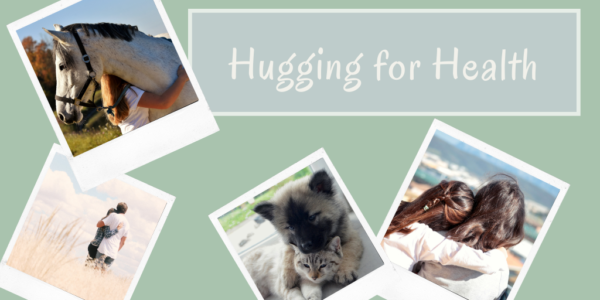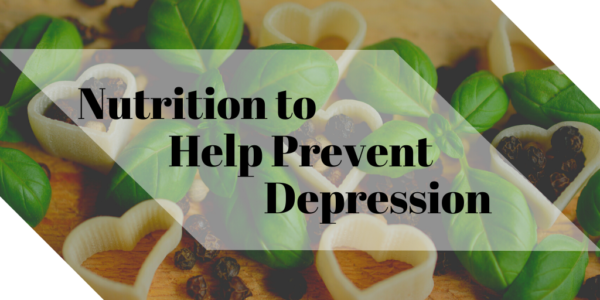The fall season has many of us feeling like Emily Bronte when she said “every leaf speaks bliss to me, fluttering from the autumn tree.” For those of us in the United States, this season can be summed up in crisp weather, beautiful scenery, great food, and precious time with loved ones. With the greatness of Fall amongst us and Thanksgiving right around the corner, what better time to remember all the things we are thankful for this year?
The Best Time for Gratitude to Shine
While Thanksgiving serves as our gratitude mirror once a year, science invites us to reflect on what we are thankful for on a daily basis. 2020 aside, we as Americans are stressed, with 55% of our populations experiencing daily stress, we are among the most stressed out populations in the world! Moving from one task to another, dealing with family pressures, society, and our own mental well-being can feel like a lot to juggle.
With all this going on, it is critical we make time in our days to reflect on the things that are going right in our world. The Research shows that expressing gratitude can lower stress hormones in the body, however, there are a slew of other benefits of giving thanks on a daily basis.
A Grateful Pill to Swallow
Gratitude is a powerful medicine for us humans. Keeping a daily gratitude has the power to transform the way we see and show up in our lives. These are just a few of the side effects of this amazing prescription:
- Gratitude improves psychological health: According to Robert Emmons, a leading researcher on gratitude, it “effectively increases happiness and reduces depression. It also plays a key role in overcoming trauma and contributes to resilience.
- Gratitude improves physical health: According to a 2012 study, grateful people experience fewer pains and feel healthier than others. They are also more likely to take better care of their health than their ungrateful peers.
- Gratitude helps with goal attainment: Robert Emmons’ research concludes that grateful people are strivers and make more progress towards their goals. This is speculated to be because gratefulness is an emotional regulator of goal-directed action.
- Gratitude leads to better relationship: Countless studies have shown that those who express their appreciation for others makes acquaintances more likely to seek ongoing relationships. It also improves the quality of the relationships we currently have.
A Last Plea for Daily Gratitude
If any of us are still on the fence about hopping on the daily gratitude train, consider the story of Addison Moore (name changed to protect her identity). Addison is a 26-year-old working for a young nonprofit. Meeting her funding goals keeps her in a constant state of anxiety. For all of 2019 and much of 2020, Addison found herself in a constant state of agitation. She woke up complaining about her life, blew up at traffic daily, and found her solace in sleep.
Addison heard about the power of appreciation in a book and began a gratitude journal in may of 2020. Addison was desperate for a change and began jotting down a few things she was grateful for each morning and before dinner. Addison didn’t think it would help and struggled for things to be thankful for.
By August her mind was racing with things she felt grateful for and she reports that her anger has completely vanished. “I still get frustrated sometimes, although it is extremely rare and it doesn’t boil over into rage like it use to. A gratitude journal gave me my life back!”
Do we need any more proof before we give ourselves the gift of living like it’s Thanksgiving every day of our lives? Take it from the scientists who dedicate their time to this study and take it from Addison who did a 180 on her life. Let’s make this gratitude plunge together for Thanksgiving and beyond!
by Mona Nyree Stephens, contributing author
We invite you to discover inspiring and effective ways to care for yourself and to serve others. Now more than ever, caring is what we all need most. Caring for our self. Caring for others around us. Life now demands caring, resilience and compassion like never before. So, become a Custodian of the Caring Movement and help create the world we need right now, the world we want for our future generations.
UCA resources available to help include the Turbulent Times Resources Center, radio show, publications and online store offering members huge discounts and always free shipping.

